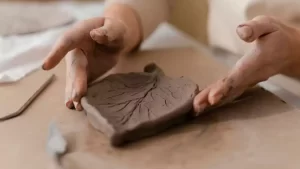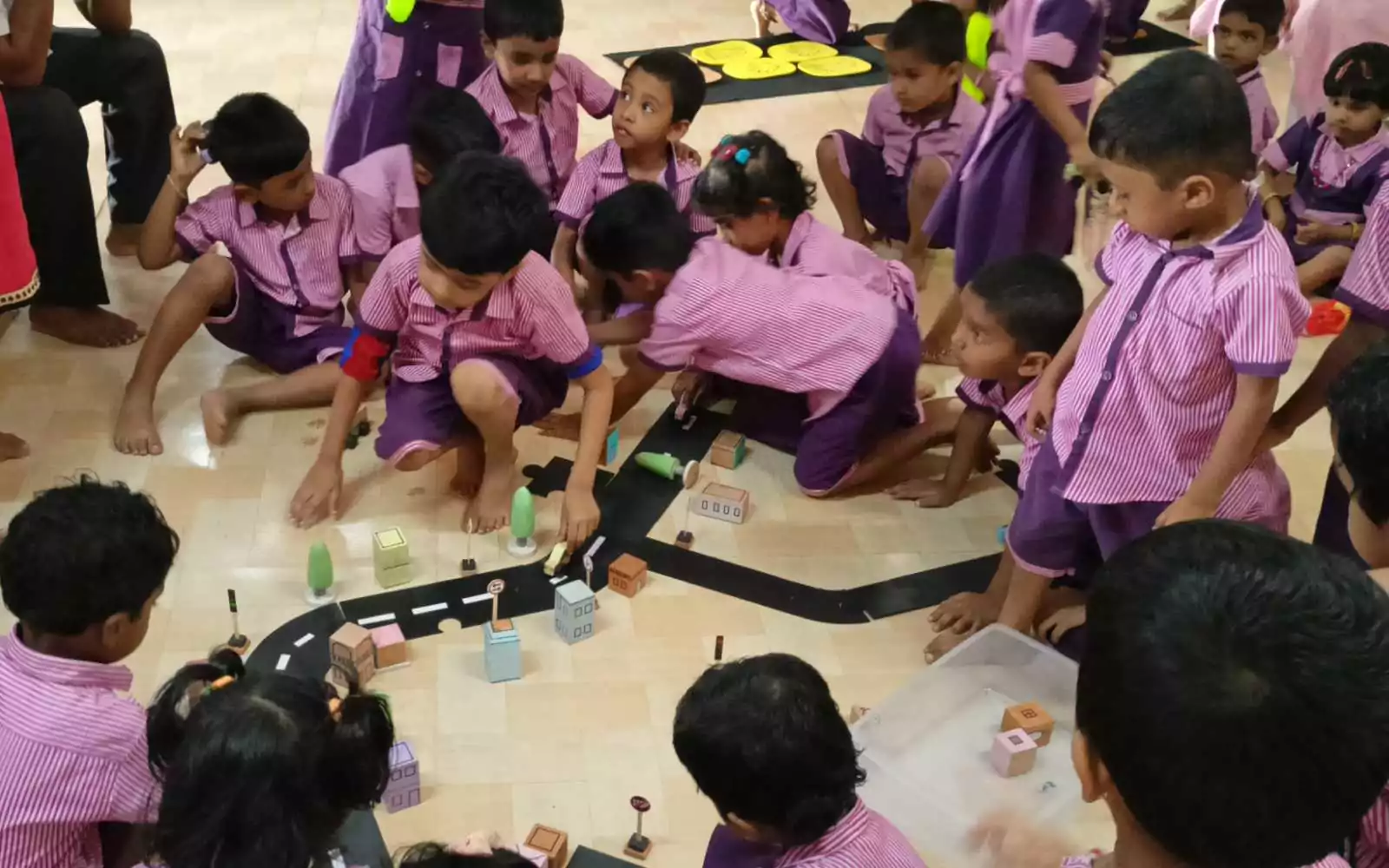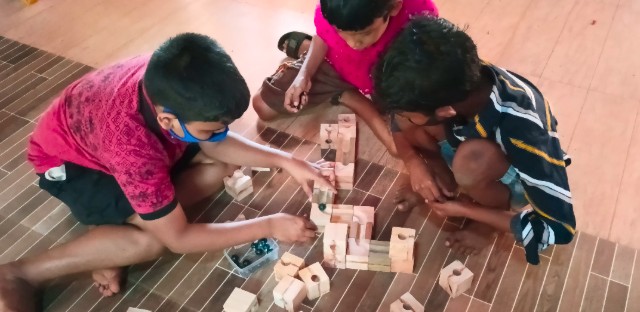Many parents express frustration when their children quickly lose interest in certain toys after playing with them for a short period. Children may spend some time exploring these toys, only to abandon them and never return, leaving parents to wonder about the money invested in these purchases. However, the experience is quite different when children are given open-ended toys. With these versatile playthings, children remain engaged, discovering new ways to interact with the toy over an extended period, often revisiting it repeatedly.
Open-ended toys are versatile play items that allow children to engage in imaginative and creative play without a predetermined outcome. Unlike closed-ended toys, which have specific functions and limited ways to play, open-ended toys can be used in various ways, encouraging children of all ages to explore their creativity. For instance, a set of building blocks can be transformed into a castle, a house, a car, anything, depending on the child’s imagination.
When you start exploring open-ended toys you will find many in the market. Examples are construction blocks of various designs, toy animals, toy vehicles, art and craft materials, story boards etc.
Construction blocks are very common. Many kinds of blocks are available now, like wooden building blocks, plastic construction blocks, magnetic blocks, interlocking blocks, Rainbow blocks etc. Playing with these fosters cognitive development and problem-solving skills, as children learn to manipulate these blocks in ways that suit their interests and developmental stage.
One of the primary benefits of open-ended toys is their ability to nurture creativity and independent thinking. When children play with these toys, they are not con fined to a set of instructions or expected outcomes. This freedom allows them to experiment, make decisions, and learn through trial and error. For example, a child using clay can create anything from a simple shape to an intricate sculpture, exploring different techniques and ideas without the limitations of structured play. This kind of unstructured playtime is essential for developing critical thinking skills and fostering a love for exploration.
fined to a set of instructions or expected outcomes. This freedom allows them to experiment, make decisions, and learn through trial and error. For example, a child using clay can create anything from a simple shape to an intricate sculpture, exploring different techniques and ideas without the limitations of structured play. This kind of unstructured playtime is essential for developing critical thinking skills and fostering a love for exploration.
Additionally, open-ended toys promote social interaction and communication when children play together. As they share their ideas and collaborate on projects, they learn valuable social skills such as negotiation, teamwork, and empathy. For instance, when children build a fort together using blankets and cushions, they must communicate their ideas and work together to create a shared vision. This collaborative play not only enhances their social skills but also enriches their play experience by incorporating diverse perspectives and ideas.
In conclusion, open-ended toys are vital for a child’s development, offering a unique blend of creativity, independence, and social interaction. They allow children to explore their interests and develop essential cognitive skills in a playful environment. By providing opportunities for imaginative play, these toys help cultivate a lifelong love of learning and discovery, making them an invaluable addition to any child’s playtime. When parents encourage the use of open-ended toys it can significantly impact a child’s growth and development, laying the foundation for future learning and creativity.
Disclaimer: This post contains product affiliate links, which means we may receive a commission for any purchase made – at no extra cost to you.
